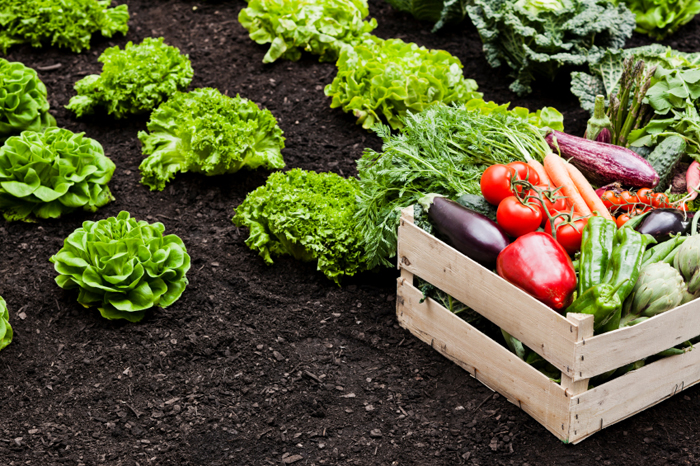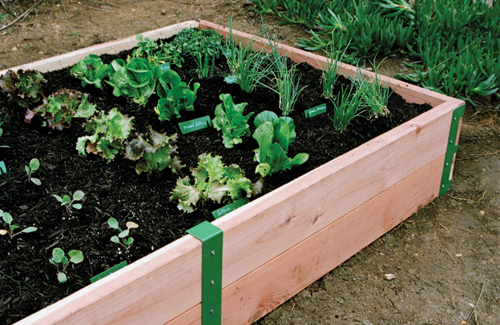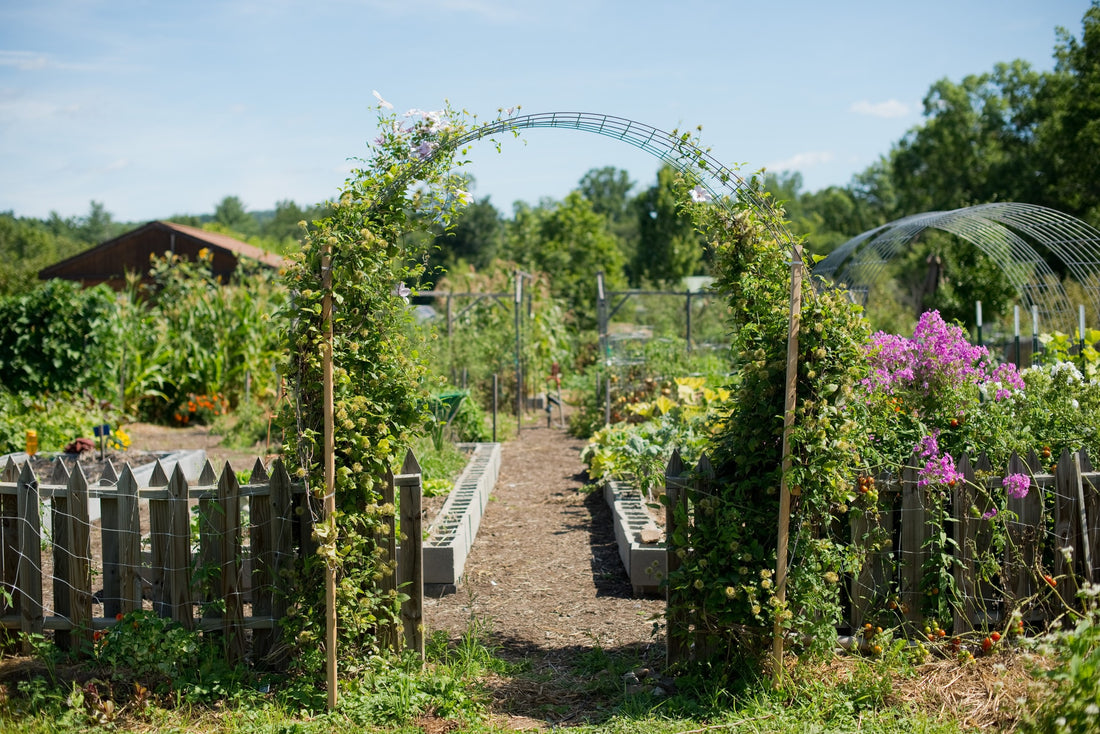Learn About the Best Practices for Homestead Gardening at Any Skill Level
Learn About the Best Practices for Homestead Gardening at Any Skill Level
Blog Article
Learn Just How to Cultivate a Flourishing Horticulture Atmosphere for All Skill Degrees
Creating a prospering garden is a multifaceted venture that can be embraced by people at any type of ability degree. By analyzing crucial parts such as soil health, appropriate plant choice, and seasonal treatment regimens, one can establish a lasting gardening technique that produces enjoyable outcomes. Recognizing just how to analyze and boost your garden room lays the foundation for success. Yet, the ins and outs of carrying out these concepts frequently present obstacles that can hinder even the most passionate amateur. What methods can be employed to overcome these challenges and cultivate a truly flourishing environment?
Understanding Your Garden Area
In the realm of gardening, understanding your garden room is vital to growing a thriving landscape (Homestead Gardening). The very first step in this endeavor entails evaluating the specific characteristics of your plot. Aspects such as soil make-up, sunshine direct exposure, and drainage play essential functions in figuring out the viability of your garden for different sorts of plants
Begin by carrying out a dirt test to examine pH levels and nutrient content, which will certainly educate any kind of essential changes. Furthermore, observe exactly how much sunshine your room obtains throughout the day. Various plants have differing light requirements; some grow completely sunlight, while others choose partial or complete color.

Finally, evaluate the available area and plan accordingly. This consists of thinking about plant heights and infected guarantee ample area for development without congestion. By obtaining a thorough understanding of your yard room, you set the foundation for an effective horticulture experience.
Selecting the Right Plant Kingdoms
Selecting the right plants for your garden requires cautious factor to consider of various elements, consisting of environment, dirt conditions, and individual choices. Start by examining your local environment, as specific plants prosper specifically temperature level arrays and weather condition patterns. Tropical plants might not endure in cooler areas, while sturdy perennials can endure rough winters.

Consider your personal preferences, including aesthetic allure and upkeep degrees. Make a decision whether you favor dynamic flowers, lush foliage, or edible plants. Furthermore, consider the time and initiative you are eager to buy plant care, as some varieties demand even more interest than others.
Lastly, consider the garden's layout and light direct exposure. Sunlight patterns throughout the day will certainly affect your selections-- some plants call for complete sun, while others flourish in color. By thoughtfully assessing these elements, you can create a harmonious and effective garden customized to your setting and tastes.
Important Gardening Tools
A well-equipped garden enthusiast can significantly enhance their horticulture experience and results. Crucial horticulture tools are essential to cultivating a successful yard, despite skill degree. First, a sturdy spade is important for digging and turning dirt, while a trowel enables exact growing and transplanting of smaller sized plants.
Trimming shears are essential for maintaining plant wellness by getting rid of dead or overgrown branches, promoting much better air circulation and growth. Furthermore, a hand rake works for clearing particles and aerating the dirt, making sure optimum conditions for plant roots.
Gardening gloves secure hands from sores, chemicals, and thorns, making them an essential accessory. A watering can or hose pipe with an adjustable nozzle guarantees that plants get appropriate wetness without overwatering.
Lastly, take into consideration purchasing a durable wheelbarrow for carrying soil, plants, and devices around the yard effectively. By setting up a top quality toolkit that consists of these necessary things, gardeners can deal with numerous tasks with self-confidence and simplicity, leading the way for a prospering horticulture environment. Bear in mind, the right tools not only enhance efficiency but likewise boost the general enjoyment of the horticulture procedure.
Soil Preparation and Maintenance
Quality soil is the foundation of a successful garden, making appropriate preparation and maintenance important for healthy and balanced plant growth. The initial step in dirt preparation involves evaluating its pH and nutrient degrees. This can be achieved through soil testing sets available at gardening centers or via expert services. Based upon the test results, modifications can be made to enhance dirt conditions for specific plant demands.
Including raw material, such as compost or well-rotted manure, is necessary for enhancing dirt framework and fertility. This not just boosts nutrition schedule but also advertises advantageous microbial task. Additionally, proper drain is essential; heavy clay soils may need the enhancement of sand or perlite to boost oygenation.
Routine maintenance of soil health includes mulching, which saves dampness and reduces weeds. Turning crops each year aids protect against nutrient exhaustion and reduces bug and disease risks. It is likewise crucial to stay clear of over-tilling, which can disrupt soil framework and harm valuable organisms.
Ultimately, a constant dedication to dirt prep work and maintenance will lead to a prospering garden, guaranteeing that plants get the crucial nutrients they require for robust development and performance.
Seasonal Care and Monitoring

In spring, concentrate on growing new seeds and seedlings, while also carrying out dirt tests to modify nutrient deficiencies. On a regular basis examine for parasites and diseases, as these can proliferate with the warming weather. Summer season demands consistent watering and mulching to maintain moisture, in addition to trimming for much better air circulation.
As fall approaches, it's time to prepare the garden for dormancy. This includes harvesting plants, tidying up debris, and using a layer of mulch to protect plant origins from frost. Take into consideration planting cover plants to improve the soil throughout the winter season.
Lastly, winter season care is essential. Examine frameworks like greenhouses for damages and ensure proper insulation for delicate plants. On a regular basis monitor for pests that might seek refuge inside your home. By adjusting your horticulture practices to the seasonal cycles, you can promote a growing environment that sustains plant wellness year-round.
Final Thought
In verdict, cultivating a successful yard requires an extensive understanding of vital principles such as dirt structure, sunlight direct exposure, and ideal plant choice. Routine seasonal care and monitoring techniques additionally boost plant health and efficiency.
Picking the right plants for your yard needs careful consideration of numerous factors, consisting of environment, dirt conditions, and individual choices. Conduct a dirt examination to establish pH levels and vitamins and mineral content, which will certainly guide you in selecting plants that will grow in your yard.Lastly, take into consideration spending in a tough wheelbarrow for carrying dirt, plants, and devices around the yard effectively.Quality dirt is the foundation of a successful garden, making proper preparation and maintenance critical see post for healthy plant development. Homestead Gardening.In verdict, cultivating an effective garden requires a detailed understanding of necessary principles such as soil composition, sunlight exposure, and suitable plant choice
Report this page